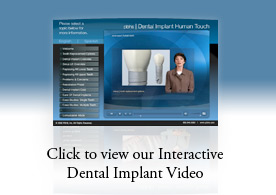
- Oral Surgery Patient Information
- Introduction
- Pediatric Patients - Special Note
- Wisdom Teeth & Impacted Teeth
- Impacted Canines
- Dental Implants
- Bone Grafting & Socket Preservation
- Biopsies
- Injuries to the Teeth & Surrounding Dental Structures
- Sleep Apnea
- Home Care/ Post-Op Instructions
- CBCT (Three-dimensional Imaging) & Digital Films
- Read Previous Reviews
- Submit a Review
- Endodontic Patient Information
- General Information
- Home Care Instructions
- Before Your First Visit Checklist
- Instructions Prior to Root Canal Treatment
- Instructions For Patients Wishing IV Sedation Or Nitrous Oxide
- Instructions After Root Canal Treatment
- Instructions for Relief of Abscess
- Instructions If You Have Difficulty Opening Your Mouth
- Instructions for the Treatment of a Hematoma
- CT Scan & Digital Films
- Scientific Explanation
- Interactive Overview of Root Canal Treatment
- A few Teeth Treated by Dr. Katsarsky
- Some Interesting CBCT Findings
- Links of Interest
- Referring Doctors
- Patient Education Videos
